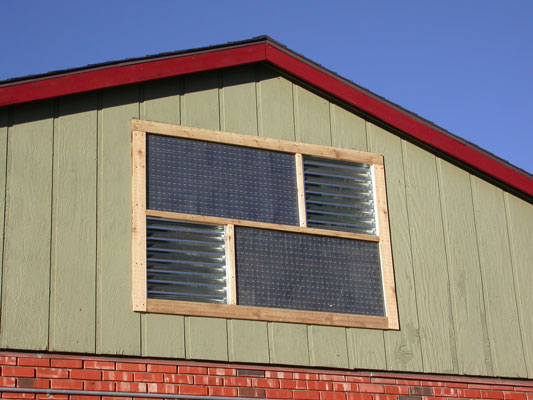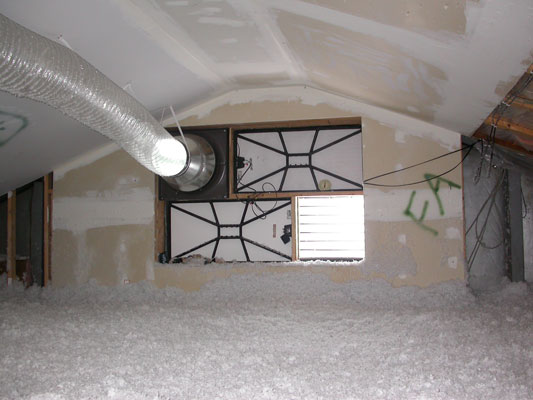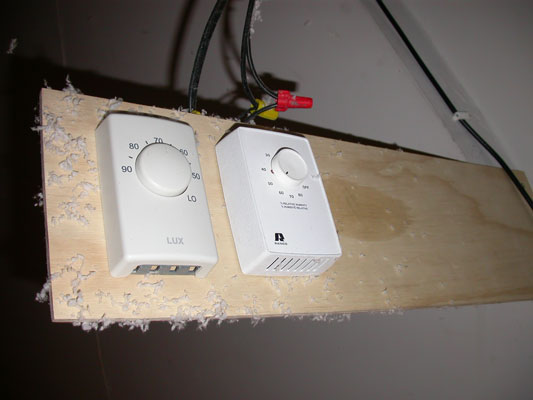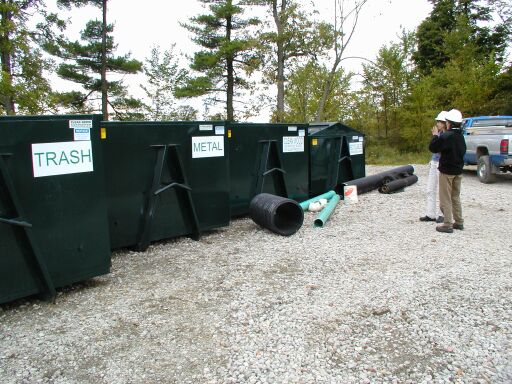In the remodel of KDNK Carbondale Community Access Radio’s building we converted the sealed attic into a ventilated attic. This allows us to raise the insulation level to R49. Typically, adding ventilation to an attic that originally had none includes either; cutting in gable vents, cutting in several thru-roofing vents or cutting in ridge and soffit vents. Thru-roofing vents, ridge and soffit vents are expensive and they required cutting through perfectly good roofing to install. The building did have a window in the gable that could be converted into a louvered vent, but cross-ventilation was still a problem. The solution came from a fortuitous coincidence. The building was once occupied by the international solar technology educators; Solar Energy International. SEI had left a couple of old solar panels in the attic that just happened to be exactly half the height of the gable window. I realized that two solar panels and two 24×24 louvered vents would fill the space left by the window’s removal. Two solar panels would provide more than enough power to run a DC fan large enough to vent the attic for moisture reasons- plus the fan could lower the temperature of the attic in the summer! This is what it turned out like (paint to come in the spring). The controls are 120 AC single-pole cooling thermostat and dehumidistat wired in parallel; so the fan comes on if it gets too humid or too hot.
solar powered attic vent fan



